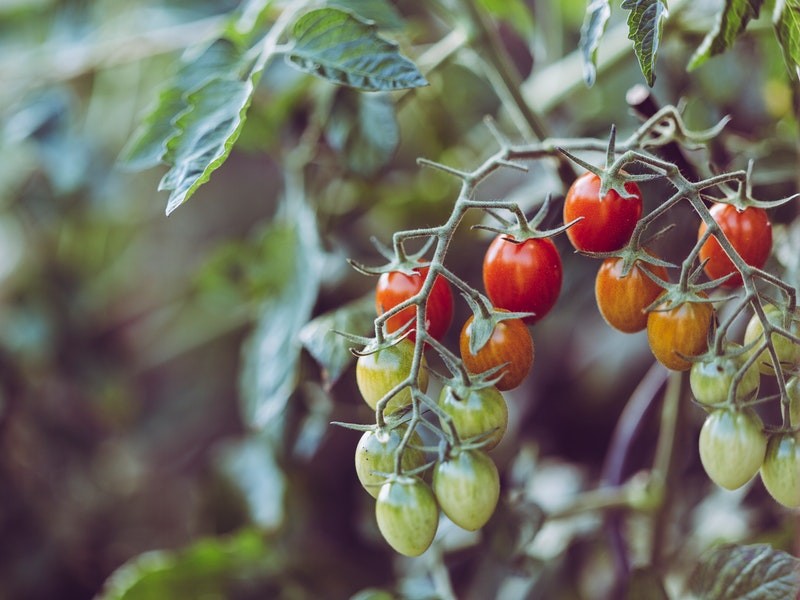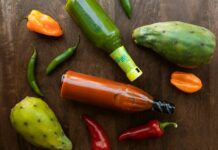Tomato season is in full swing here in the South. These delightfully red fruits (yes, they are fruits, see below) are key ingredients to many recipes. They can be eaten raw and even green. Here are some fun facts on the tomato and also, the best ways to but and store them.
- Though botanically a fruit, in 1893 the U.S. Supreme Court ruled the tomato was a vegetable (NIX v. HEDDEN, 149 U.S. 304). The import tax placed on vegetables (but not fruits) protected U.S. tomato growers from foreign markets.
- From November through May, Florida ships virtually all of the US- grown tomatoes – currently amounting to well over a billion pounds. Florida ranks as the country’s largest producer of fresh tomatoes – accounting for 50% of the fresh tomato supply on an annual basis.
- Loaded with Vitamins A and C, tomatoes also contain lycopene, which has been strongly linked to a reduced risk of certain cancers
- Although tomatoes are used as vegetables, they’re really fruit, and just like any other fruit (think green bananas), they must be ripe to be fully enjoyed.(unless frying them)
- Best way to ripen? At room temperature in a dry storage spot.
- When ripening, just wait until you can see they’re a rich red. A good rule is always to have some on hand at different stages of ripeness. This way some will always be ready when you are.
- Always store your tomatoes stem end up.
- NEVER refrigerate – less flavor and less firmness
* Keep ripe fruit at 55-60 degrees F
* Keep at 85-95% relative humidity
* Store stem-up to prevent bruised shoulders
* Keep out of direct sunlight - One medium-sized tomato (5.6oz/148g) has:
CALORIES 25
POTASSIUM 340mg
PROTEIN 1g
VITAMIN A 20% of RDA
CARBOHYDRATES 5g
VITAMIN C 40% of RDA
FAT 0g
IRON 4% of RDA
SODIUM 20mg
CHOLESTEROL 0mg Also: Contains 1g of dietary fiber (about as much as a slice of whole wheat bread)





